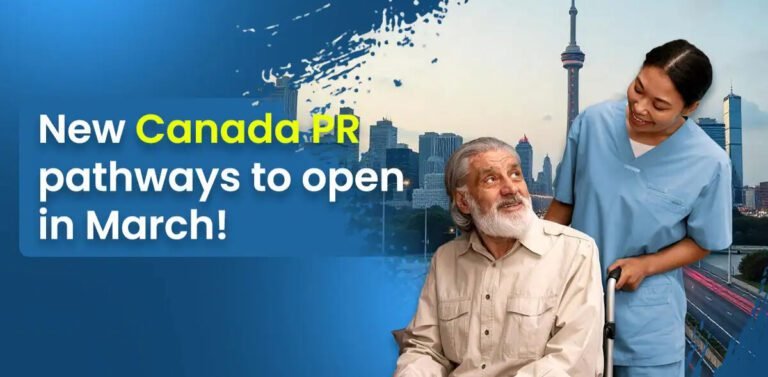Canada’s Express Entry system kept both candidates and observers on their toes in 2019 with a number of unexpected twists and turns.
Though it fell just short of 2018’s record results, Canada’s principal immigration pathway for highly skilled foreign workers still finished the year with an impressive 85,300 invitations to apply for Canadian permanent residence (ITAs) issued.
This was the second-highest invitation total since the Express Entry system was introduced in 2015 to manage the pool of candidates for Canada’s three Federal High-Skilled immigration programs — the Federal Skilled Worker Class, Federal Skilled Trades Class and Canadian Experience Class — and a portion of its Provincial Nominee Program (PNP).
Canada’s federal immigration ministry, Immigration, Refugees and Citizenship Canada (IRCC), held a total of 26 draws from the Express Entry pool over the course of 2019 and the 24 that involved all Express Entry-managed programs ranged in size from 3,200 to 3,900 ITAs.
Given Canada’s higher 2019 and 2020 admissions targets for the three Express Entry-managed Federal High-Skilled programs and the PNP, it was expected that the number of Express Entry candidates invited in 2019 would surpass the record 89,800 ITAs that were issued the year before.
However, with so many invitations issued in late 2018, one explanation for 2019 falling short is the possibility IRCC had to keep the number of ITAs issued down in order to maintain its processing standard of six months for permanent residence applications filed through the Express Entry system.

Draw sizes in 2019
A defining development in 2019 was IRCC’s deviation from the pattern it established the year before that mostly saw draw sizes incrementally increased every two to three months over the course of 2018, from 2,750 to 3,900 ITAs.
Draw size followed a much less predictable pattern in 2019, leaving observers guessing whether it would increase or decrease with every new invitation round.
The last three months of 2019 were a case in point as draw sizes rose briefly to 3,900 ITAs in October then dropped to 3,600 in November and finished the year with two December invitation rounds of 3,200 ITAs each.

The question now is whether IRCC will return to a pattern of larger draws or even more frequent draws over the new year in order to meet its 2020 and 2021 admissions targets for the Express Entry-managed programs.
The target for new permanent resident admissions through the three Federal High-Skilled programs is slated to rise to 85,800 in 2020 and 88,800 in 2021.
The target for Canada’s Provincial Nominee Program is also set to rise to 67,800 in 2020 and 71,300 in 2021.
The re-election of the Justin Trudeau-led Liberal Party in Canada’s federal election last October means these admissions targets will likely rise again in 2022 and 2023.
Trudeau’s Liberals introduced steadily rising multi-year immigration targets in 2017 that will see total admissions of new permanent residents to Canada reach 350,000 in 2021.
The Mandate Letter issued to Canada’s new immigration minister, Marco Mendicino, in November calls for “modest and responsible” increases to Canada’s immigration levels over the coming years.
Minimum required score
ITAs are issued to Express Entry candidates based on their Comprehensive Ranking System (CRS) score, which is determined by their age, education, skilled work experience and proficiency in English or French, among other factors.
Over the 24 all-program draws held in 2019, the cut-off score ranged from a low of 438 on January 30 to a high of 475 on October 30 — both a far cry from 2017’s record low of 413.
The generally higher minimum-required score that characterized Express Entry draws in 2019 may be explained by a combination of the smaller draw sizes throughout the year and the fact IRCC let more than the usual two weeks elapse between draws on four occasions.
A big year for Canada’s PNP
Another factor that could help explain the higher minimum required CRS scores in 2019 is the growing number of Express Entry candidates who are receiving a provincial nomination and the 600 additional CRS points that come with one.
As we saw above, Canada is setting higher admissions targets for its PNP and the various provinces and territories that participate in the program are taking advantage of this to issue thousands of nominations to Express Entry candidates.
The last 12 months brought this activity to a new level and saw important developments in Express Entry-linked PNP streams in Ontario, Alberta, Saskatchewan, and Nova Scotia, among others.
Ontario alone issued 8,996 invitations to Express Entry candidates in 2019, up from 6,978 the year before.







